25 Questions to Ask Yourself When Creating a Brand Identity
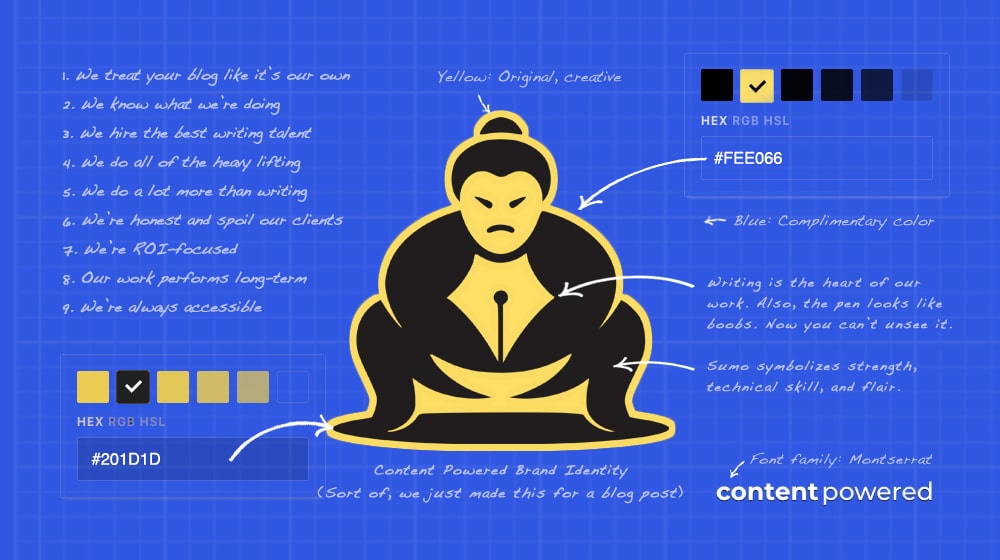
Who are you?
I'm not just asking as some weird sort of call to action. I mean as a brand, as a company. When people think about you, what comes to mind?
Consider a company like Nike. Nike is associated with apparel, but more than that, they're associated with activity, health, and a physically-focused lifestyle. Their messaging focuses not on luxury or appearance but strength, performance, and endurance. When you think of Nike, you think of sports, competition, and health. That's their brand identity.
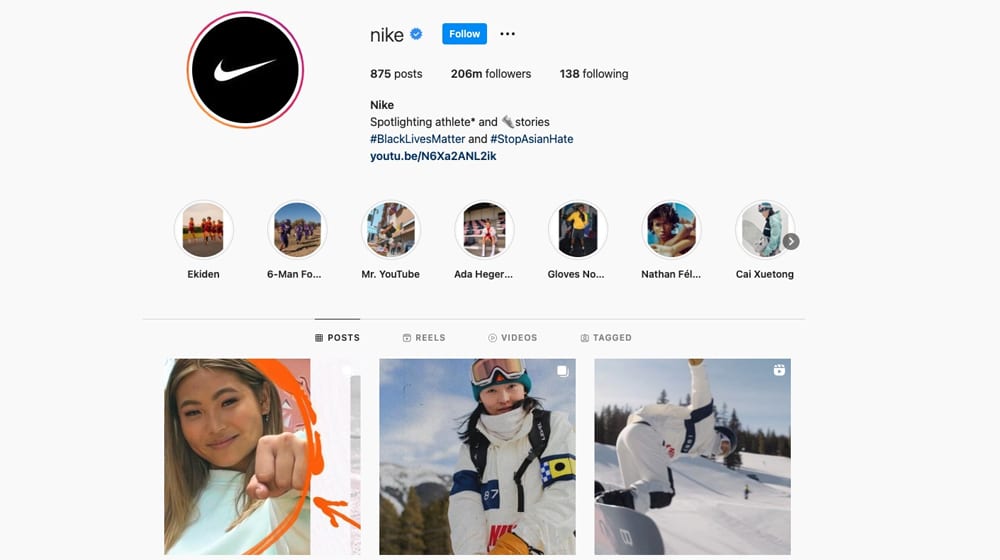
What is your brand identity?
Yes, I know. It's hard to come up with, especially on the fly. That's why I've put together this list of questions. They're leading questions that help you think about specific aspects of your brand image, message, perception, and how they interact to form a more cohesive whole.
You'll find yourself in one of three situations as you go through these questions.
- You already have a strong brand identity; you just haven't put it into words before. The questions help you figure it out and pin it down.
- You have a bit of a brand identity, but it's messy and unclear. The questions will help you figure out how to make it more consistent.
- You have no real brand identity. The questions will allow you to decide on the answers you want to shape your brand's future.
You may not have a good answer to some of these questions. That's fine! You can do research, you can give it thought, and you can find the answer. A great brand identity can develop and change over time, too. Find a branding strategy that works for you, your marketing strategy, and your potential customers.
These important questions and brand guidelines help you see yourself and your brand name in its most accurate form.
Let's dig in!
1. What Does Your Business Do?
At the core of any discussion regarding branding, the focus is on what your company does. How do you provide value to your customers? How do you make money? Do you manufacture something, resell, provide a service, and repair something? What's the point of your business?
2. What Does Your Product Do?
Similarly, you have to think about your product. What does it do, what does it offer, what does it facilitate?

Do you have more than one? Do they work together, or are they not synergistic or related? How do you tie it all together?
3. What Problems Do You Solve?
Your unique selling proposition and value proposition are fundamental aspects of your branding discussion. Consider a company like Burger King. They solve the problem "people want to eat cheap, fast, and easily-accessible food." They're one of the thousands of companies working to solve that problem, and their branding helps set them apart from others, but that's the core of their position. If they were trying to solve a different issue, they would have different branding.
4. What Sets You Apart from Your Competitors?
Stories take root in differences. You have competitors – everyone has competitors – so how do you stand out from them?
One of the biggest mistakes I see brands make is not putting thought into this. Far too often, brands will refuse to acknowledge the existence of competitors, as if by not talking about them, their customers won't know about them. Coke doesn't speak about Pepsi, but Pepsi's social media is clever and hilarious, playfully mocking the taste of Coca-Cola and offering a refund to disappointed customers.
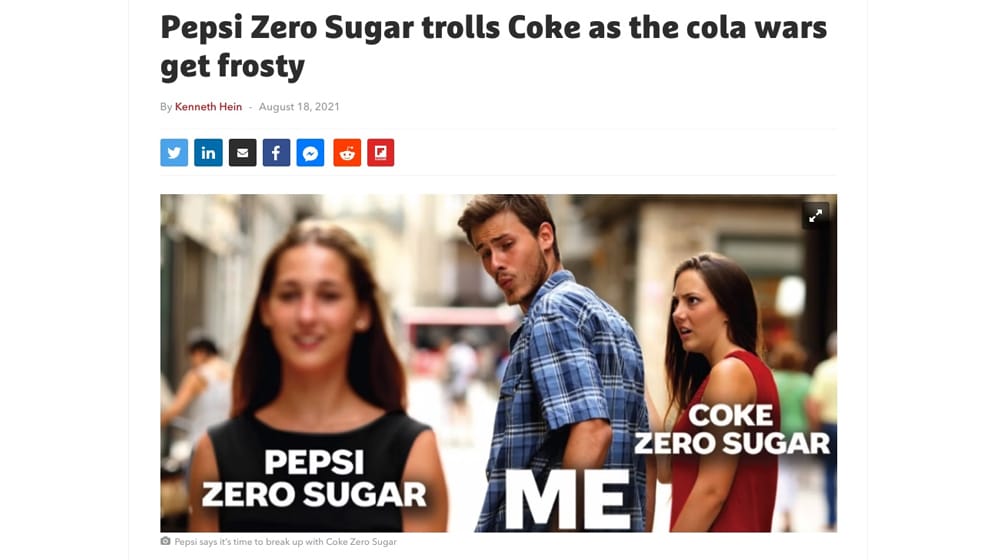
Refusing to acknowledge your competitors can suggest that you don't know what they're doing or how to react to it.
5. What Is Your Brand Personality?
Consider the difference between something like Goldman Sachs and Robin Hood. They're both companies that offer ways for people to invest and manage their money. Even if their range of offerings is similar, they have very different personalities. Goldman is "old money," they're stodgy and corporate. Robin Hood is agile, small, youthful, rebellious; they put the power in the hands of the people.
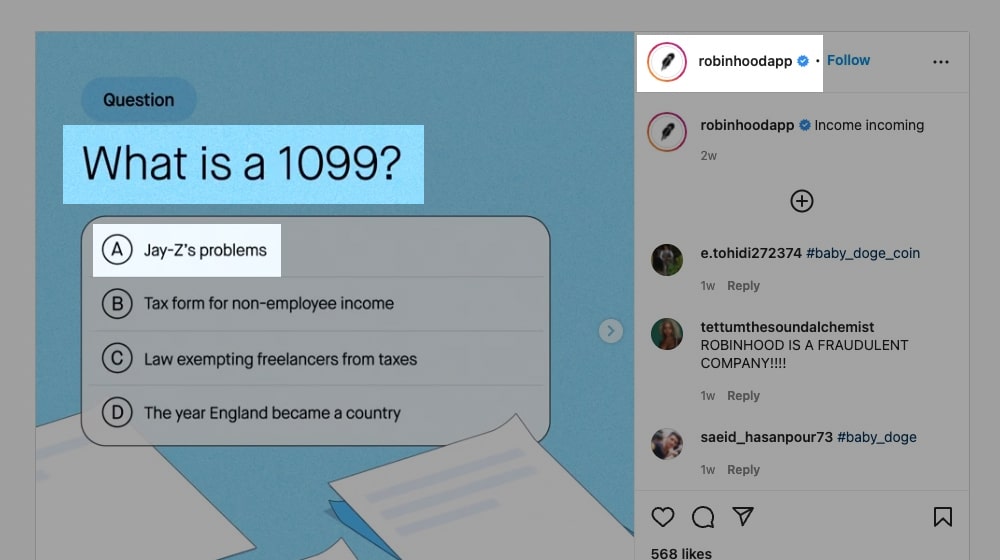
What's your brand personality? Are you goofy and irreverent, or are you corporate and formal? Are you casual and forward-thinking?
6. What Is Your Overall Tone and Brand Voice?
Tone and voice come through in content marketing and other forms of marketing. They aren't insulting or derogatory; they're supportive and encouraging while pushing you to be the best you can be. A company like Nike has a lot of "push your limits" and "achieve your dreams" narratives, with an aggressive-yet-supportive voice behind them.
Tone and voice are vital in marketing because all of your content needs to align with this. Consider all of the details. It can even be as simple as choosing a third-person and first-person point of view in your writing.
7. What Do Your Ideal Customers Look Like?
Who do you want to target with your marketing and messaging? Who are you trying to reach? This decision comes down to building buyer, reader, and customer personas.

A persona has many aspects:
- Demographics.
- Motivations.
- Goals.
- Challenges that led them to you.
- Identifiers.
Keep in mind, as well, that a buyer persona needs to be specific enough to be helpful. You can't just say something like "gamers" or "sports enthusiasts" because those encompass too broad an audience.
8. What Do Your Actual Customers Look Like?
Here's a trick: you've defined your buyer personas, but what do your actual customers look like? There can often be a disconnect between who you want to market towards and who you reach. Maybe you created a product aimed at young mothers, hoping to assist them in raising their children. Later, you find that a sizable audience of tech-focused nerds has invested in your product, and your ability to target young mothers has slipped.
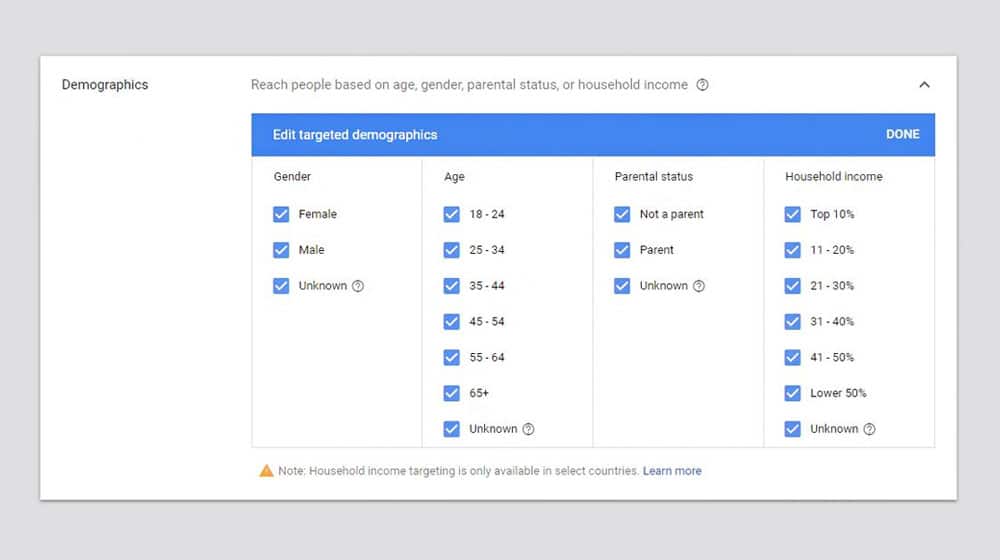
It's important to review your visual identity and audience from time to time, ensure that you're still aiming where you want to, or adapt and adjust before the disconnect requires a significant rebranding.
9. What Is Your Audience's "Language" or Product Fluency?
Another important branding question is what amount of fluency in your industry is your target audience? Some companies are aimed at beginners, while others are only for advanced users, and others try to cover all the bases.
This question is another critical inquiry for content marketing in particular. For example, I generally try to write towards an audience that is around intermediate level, maybe straying towards a beginner. When I write more advanced content, it links to multiple pieces of beginner content I've created beforehand to build on the user journey I've already started.
10. What Are Your Company's Core Values?
I'll be honest here; core values are fundamental, but what you've written as your core values may not be your actual core values. How many significant companies list things like "integrity" as one of their brand values and go ahead and commit labor rights violations along the way? How many flag "accountability" as a core value, only to never hold themselves accountable?
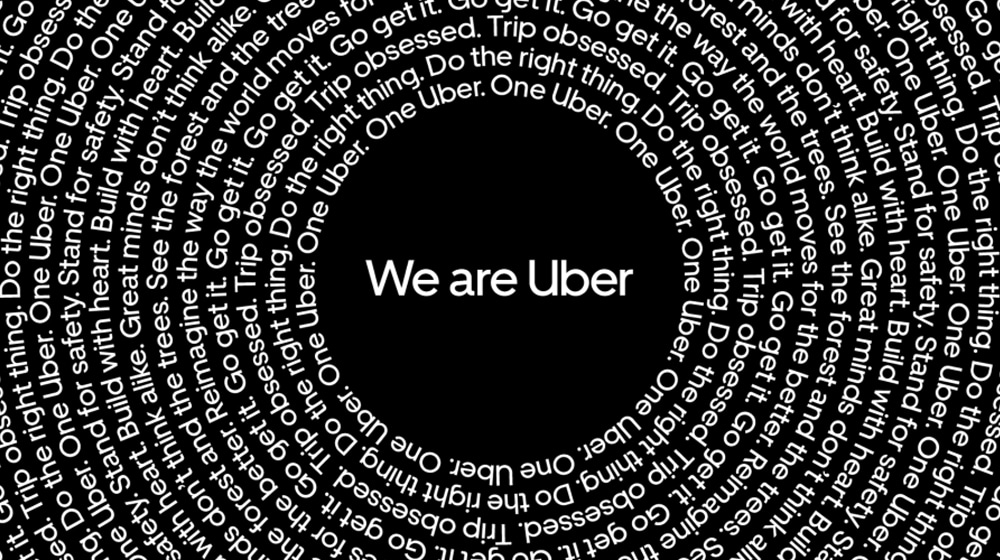
Do some introspection and figure out your authentic core values and how you can convey those core values to your audience as part of your overall branding.
11. How Does Your Audience Perceive You?
I will keep returning to this concept because it's essential and far too frequently overlooked.
If your audience doesn't see it, it doesn't matter what you define as your own brand identity.
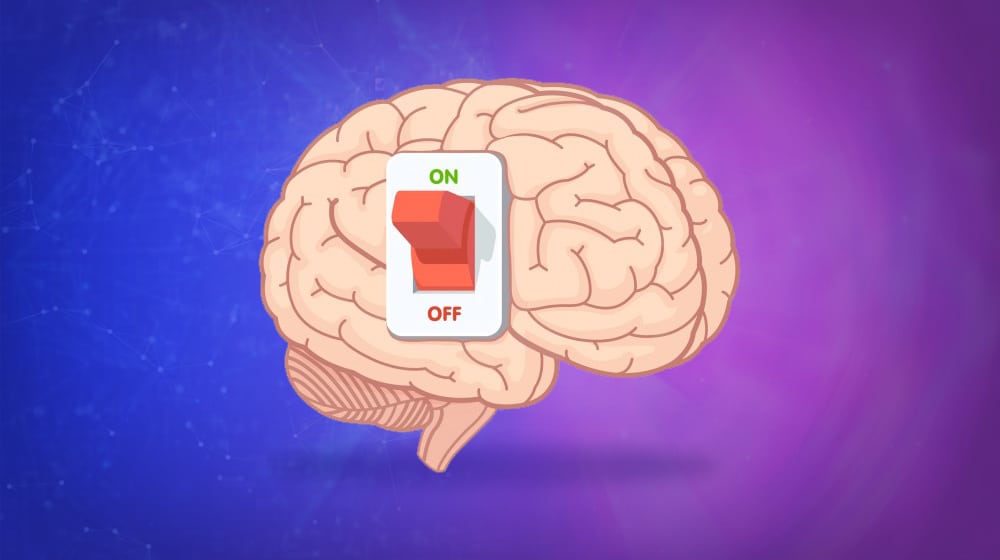
Learn how your audience perceives you. If it doesn't match what you're trying to convey, you need to ask yourself: is your customer's perception better, and should you adjust to fit it, or do you need to adjust your marketing to align with the values you want to share? Both can be viable options, but you need to pick one; the disconnect cannot be allowed to linger.
12. What Brands Do You Admire?
The world is packed full of brands, and somewhere along the line, you must have found some brand that inspired you to get into business yourself. What brands have compelling, effective messaging and identities that resonate with you? By identifying these resonant brands, you can figure out how to emulate their success.
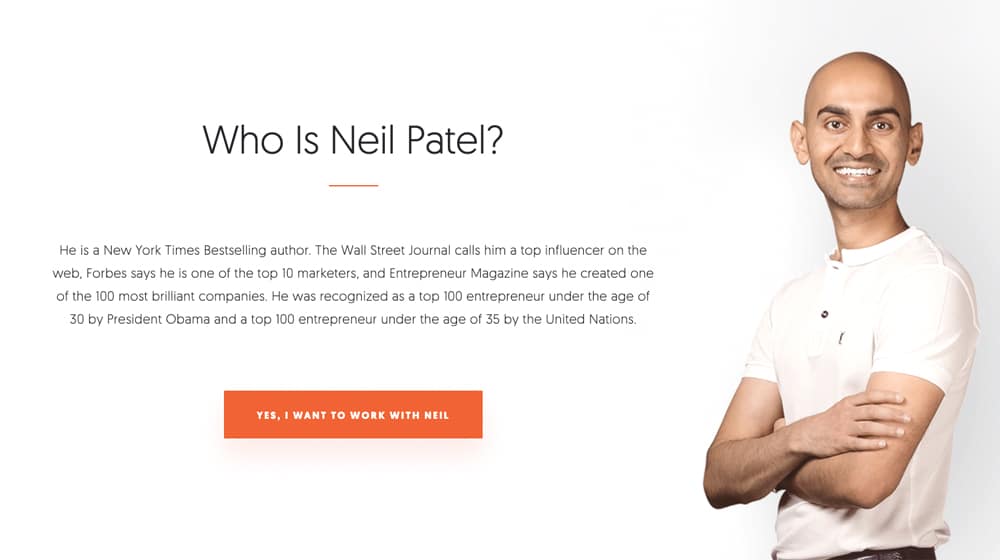
One trick here is that the brands you admire don't have to be companies in your industry or niche. They should, however, be brands that you admire for "intangible" reasons. You can admire Disney for their immense wealth, but "wealth" isn't a quality you can emulate.
13. What Brands Do You Mimic?
What brands have similar journeys or paths that you want to walk? This one is closer to what you might have thought the previous one was. By looking at other brands whose footsteps you want to follow, you can better determine what qualities you need to convey in your marketing.
14. Do You Have Any Brand Stories?
The story behind your brand can be a powerful driver of your brand identity, but you need to know and refine that story.

For example:
- Did your CEO develop their product in their garage using just a small loan from their best friend?
- Did they experience hardship that led them to overcome steep trials and succeed despite immense opposition?
- Did you spend time immersed in another culture and find values you wanted to bring to an industry that lacked them?
- Do you have any case studies that are worth sharing?
More than any other aspect of branding, that story needs to remain consistent over time so it doesn't start to come across as disingenuous.
15. What's Your Font?
You didn't think everything was going to be high-concept, did you?
There are just as many minor, tangible details into your brand identity as intangible concepts. Font choice is one example.

You don't necessarily need to pick a specific font, but the qualities of a font convey meaning. For example:
- Serif fonts tend to be authoritative, aged, stately, and traditional.
- Sans-serif fonts tend to be more modern, sleek, stable, and clean.
- Slab fonts (monospaced, for example) tend to be bold and contemporary but may also have some elements of the tradition.
- Script fonts tend to lean more creative and elegant, and feminine.
The font's general choice needs to convey the associations you want to be tied to your brand.
16. What Are Your Colors?
Like fonts, your choice of primary colors impacts how people perceive you and thus becomes a natural part of your brand identity. However, color associations can vary from culture to culture, so make sure you're aware of the specific associations in your target audience.
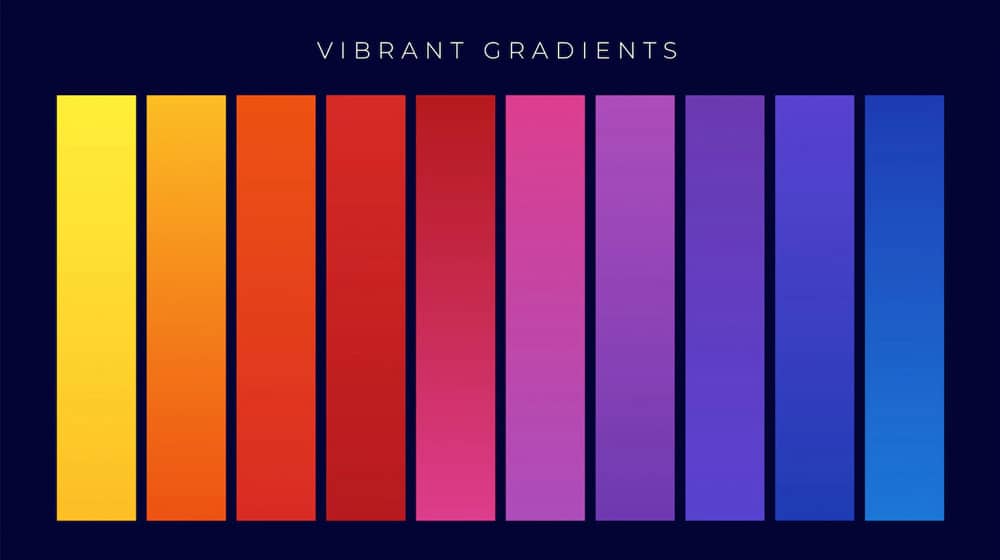
In general, for Americans, colors and their associations include:
- Blue: Trust, integrity, loyalty.
- Green: Growth, happiness, money.
- Yellow: Originality, creativity, spirituality.
- Purple: Luxury, royalty, luxury.
- Red: Passion, strength, power.
- White: Purity, cleanliness, emptiness.
You'll also find that there's a lot of overlap. There's a reason why many graphic designers and Fortune 500 companies use blue brand marks and visual elements - they want to convey trust and integrity. You can also pick colors because of their industry associations or even how they stand out in the field of all of your competitors' logos.
17. How Does Your Logo Convey Your Brand?
Logos are one of the most visible parts of your brand identity. They're emblematic of your brand, so they need to stand out and be unique, but they also need to be intelligible.
A good logo design has a ton of justification behind it. The Amazon logo, for example, has a smiley face that doubles as an arrow, pointing from the letter A to Z, symbolizing the smile they put on their customer's faces and that they sell everything under the sun (from A to Z).
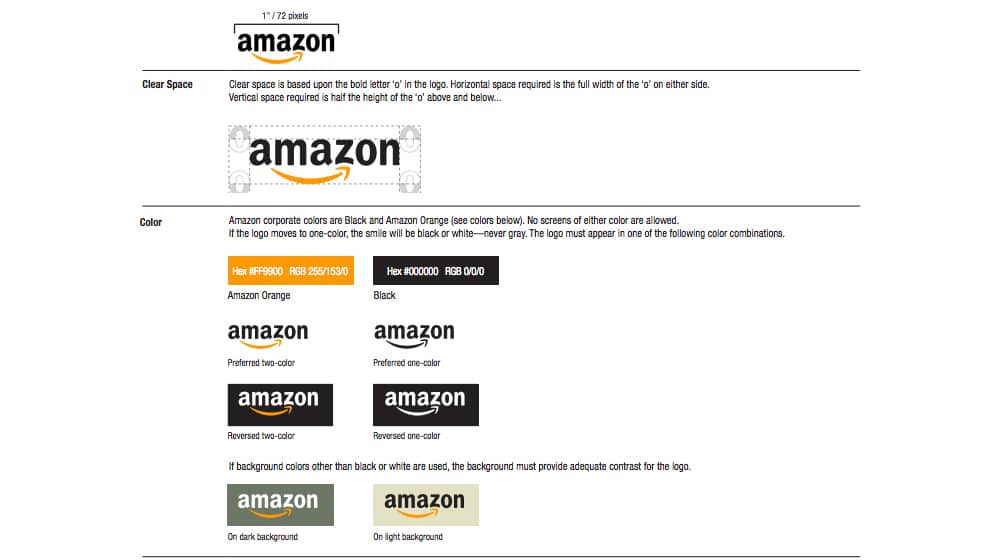
How does your company's logo convey your story?
18. Are You B2B or B2C?
This example is a simple one, but remember that the kinds of interests of your audience can vary depending on if they're more personal or more corporate. A B2B company might want to focus more on trust and reliability than on luxury or happiness. After all, a business may prize reliable service over service that makes them feel good about using it.
19. What Values Do You Avoid?
Here's the first of a few curveballs: let's talk negativity. Above, I asked you what values your company embodies.
What values do you want to avoid?

Your business might not want to espouse value or speed, but instead quality and customization. For example, Burger King might value consistency, speed, and value. Apple brands itself as a luxury computer and technology company, so "ubiquitous" would be a poor value to embrace, even if they are seen everywhere.
20. What Audience Don't You Want?
Another negative question: what audience do you want to avoid?
Be careful not to fall into bias here. You aren't necessarily avoiding an audience because it's flawed somehow. A negative audience is an audience that isn't valuable to target. A company selling high-end enterprise B2B software might have "individual small-scale entrepreneurs" or "startups and new businesses with small budgets" as audiences to avoid.
There's nothing wrong with those audiences, but they aren't the kinds of valuable customers you want to reach, and you shouldn't position your brand identity to cater to them.
21. Where Do You Want to Be in Five Years?
Look forward. Goals are also part of your brand identity.
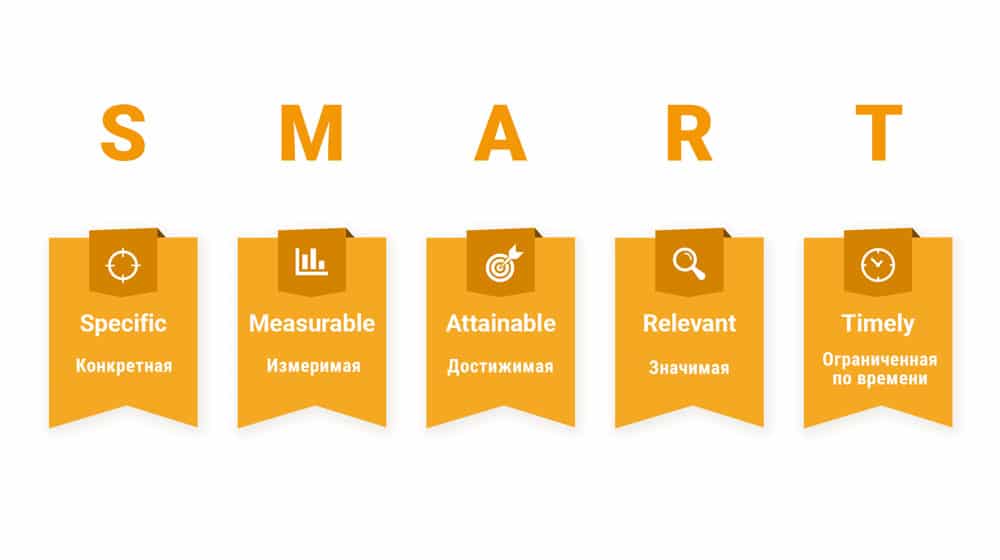
A common mistake made by newcomers to business is trying to build a company based on something time-sensitive—a flash in the pan. You may want to capitalize on a trending interest, but you want your overall brand to be insulated against the fading of that interest. Otherwise, you either have to move to another project or rebrand to keep up with the times.
22. What's Your Internal Culture?
Above, I mentioned how your audience perceives you will reflect your actual values, not the values you put on paper. The same goes for your company culture. For example, a company that promotes its inclusivity falls flat if its workforce is 95% male.

Your brand identity needs to saturate your company, through and through.
23. Do You Have a Gimmick?
Some brands have gimmicks, key driving points, statements, or catchphrases that they keep coming back to.
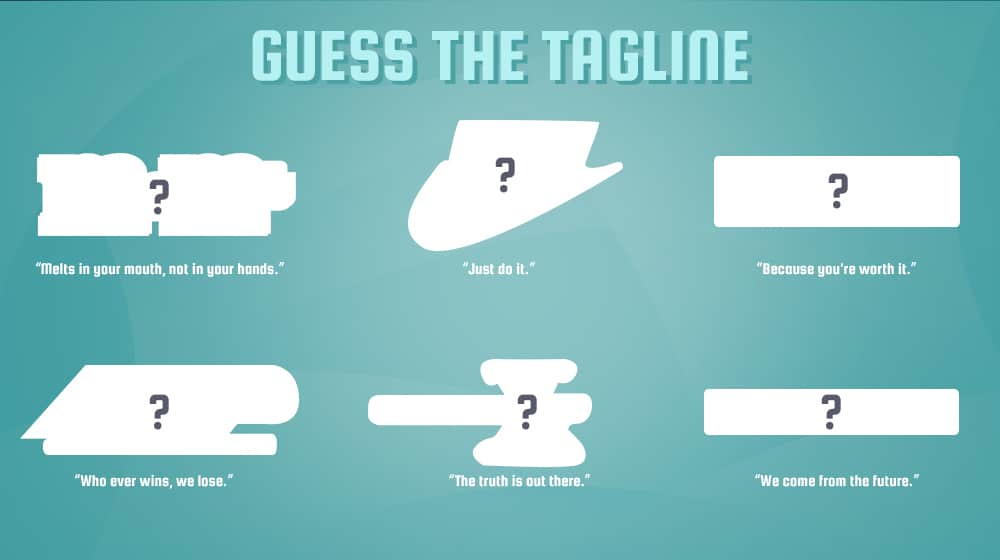
A tagline, a motto, a slogan.
Do you have one?

It's okay if you don't – not all brands have or need one – but it can be symbolic of the brand identity you've already built if it exists and works.
24. What's Your Emotional Resonance?
What emotions do you want to capture in your audience? Do you want people to be relieved when they can use you to solve their problems? Do you want to relax them and make their lives easier? Do you want to embody power and drive, encouraging them to push ever onwards?
Your emotional resonance will be a backing beat to every bit of identity marketing you do.
25. What Five Words Describe Your Brand?
What five words describe your brand? This question is similar to your core values but can be a broader pool. And again, to use an example like Apple, "cheap" isn't a word they want to be associated with their products. Conversely, Burger King would embrace it because low-cost food is their core product.

You can also flip this on its head and ask what words you don't want to be associated with you. The above example works for that as well.
26. What is Your Vision and Mission Statement?
As a final exercise, what is your vision statement or mission statement? What are you trying to change in your industry, who are you trying to help, and how will you get there? Your company's mission statement tells the story of your brand goals.
To use Amazon again as an example, their mission statement is:
"We strive to offer our customers the lowest possible prices, the best available selection, and the utmost convenience."
When you think of Amazon, competitive pricing, a massive product catalog, and revolutionary features like Same-Day delivery come to mind. They are fundamental to their business model, striving to meet and exceed those expectations.
So? Now that you've made your way through these questions, do you better grasp your existing brand identity? Hopefully, I've helped you get there, and if not, at least set you on the right track towards creating a successful brand identity.



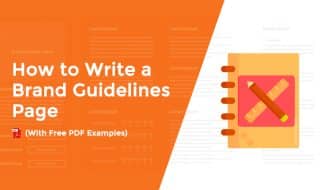


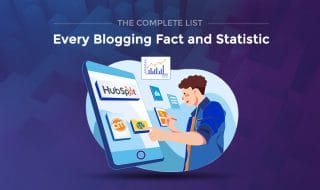



Comments